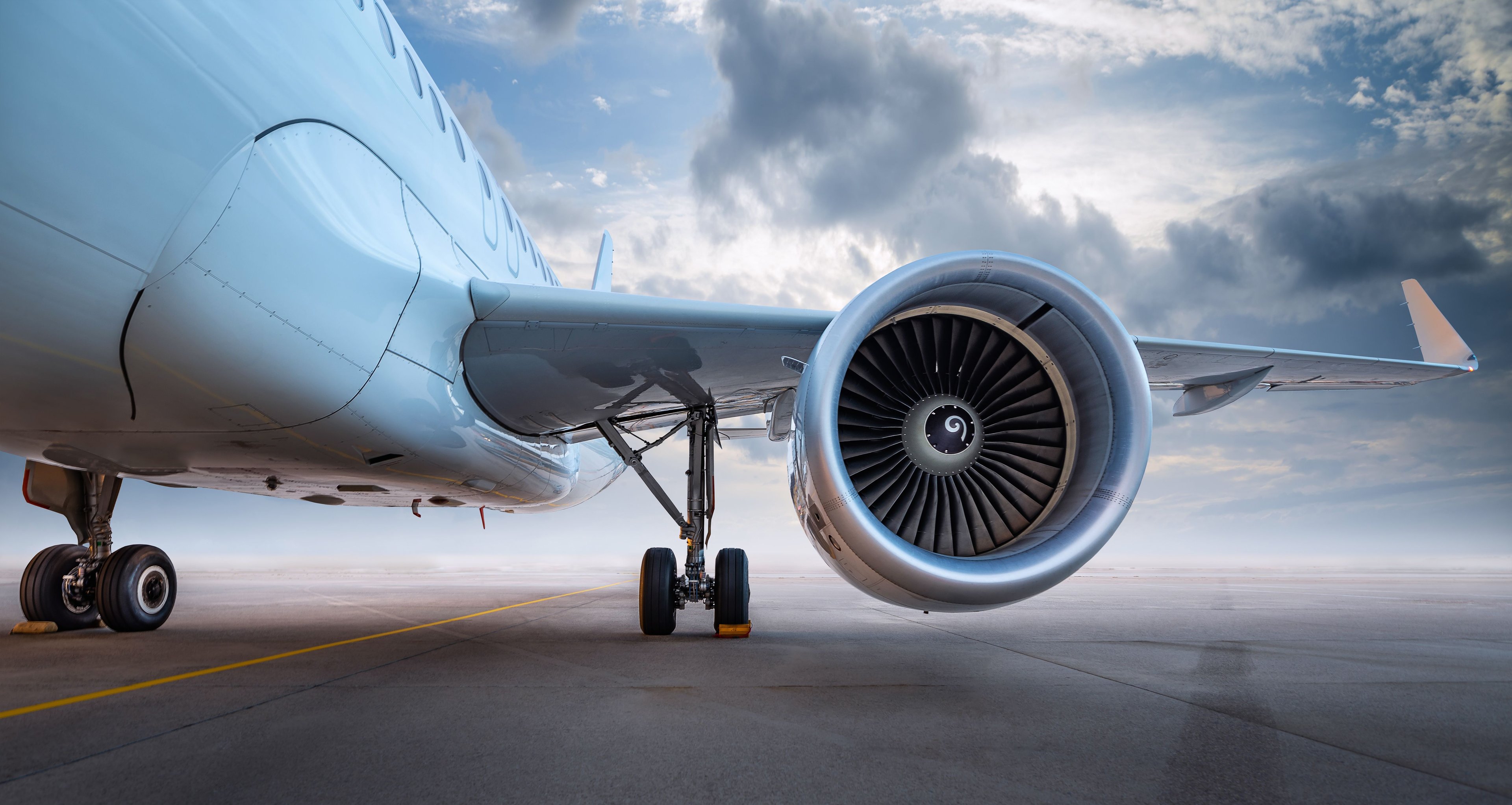Shares of Hawaiian Holdings, (HA +0.00%) leaped higher by 14% on Wednesday. Some of this gain can be attributed to the company's strong Q2 earnings performance -- adjusted net income rose 77% and adjusted EPS of $0.35 came in $0.02 ahead of the average analyst estimate. Hawaiian's guidance was also fairly good.
However, an equally important story behind the big gain for Hawaii's top airline was the news that it is finally dropping its order for Airbus Group's (EADSY 0.67%) A350-800 aircraft. Instead, it is placing an order for the recently introduced Airbus A330-800neo with later delivery dates.

Hawaiian Airlines reported solid Q2 earnings and announced a significant change to its fleet plan (Photo: The Motley Fool)
This change will significantly reduce Hawaiian Holdings' capital expenditures. That gives the company an opportunity to start returning cash to shareholders much sooner than investors had previously expected.
Earnings momentum is building
Hawaiian Holdings' strong earnings growth last quarter reflected nearly three percentage points of pre-tax margin expansion. Revenue per available seat mile increased 6.7%, which more than offset a 5.8% increase in non-fuel unit costs. Fuel costs remained roughly flat year over year.
For the busy summer travel season, Hawaiian Holdings expects a 3%-6% unit revenue increase, while non-fuel unit costs will increase 1%-4%. Meanwhile, jet fuel prices are somewhat lower today than they were at this time last year.
While the revenue guidance was not quite as good as what I had expected, it's still very solid. All in all, Hawaiian Airlines appears to be on pace for another two to three percentage points of pre-tax margin growth in Q3.
A new fleet plan
As good as that news is, Hawaiian's fleet plan changes should be equally exciting for long-term investors. As recently as last month, Hawaiian Airlines CEO Mark Dunkerley had reiterated the airline's commitment to the A350-800 -- the smallest variant of Airbus' new wide-body.

Hawaiian Airlines is replacing its A350 order with an order for 6 A330-800neos (Photo: Airbus)
This came despite the fact that Airbus had made it very clear that it wanted to stop developing the A350-800. Indeed, Airbus has put plenty of effort into getting airlines and leasing companies to switch away from the A350-800, primarily to the larger A350-900 variant.
On Tuesday, Hawaiian Holdings announced that it was converting its order for 6 A350-800s to a new order for 6 A330-800neos. Whereas the A350s were due to start arriving in 2017, the first A330-800neo delivery is scheduled for 2019.
More cash available
This fleet plan change has a significant impact on Hawaiian's capital commitments. First, the Airbus A330-800neo will be significantly less expensive than the A350s Hawaiian had ordered -- by tens of millions of dollars per aircraft -- while still delivering at least two-thirds of the fuel efficiency gains. Second, the first delivery is being pushed back by 2 years.
The result is a $500 million drop in Hawaiian's CapEx commitments between now and 2018. That's a huge difference, representing more than half of the company's market cap. To look at it a different way, Hawaiian previously had capital commitments of $1.1 billion between 2015 and 2018, so this fleet change reduces near-term CapEx by about 45%.

Canceling its A350 order will free up lots of cash at Hawaiian Holdings (Photo: Airbus)
Hawaiian Holdings can use this windfall for a variety of purposes. It can pay down debt, it can shore up its pension plan, it can begin a quarterly dividend, or it could buy back shares -- or any combination of these things. No matter what the company does with its excess cash, it's likely to benefit shareholders.
Foolish bottom line
Once Airbus announced that it was going ahead with the A330neo project, it was a no-brainer for Hawaiian Airlines to switch its orders from the A350 to the A330neo. The A330neo will have a lower up-front capital cost, but will be nearly as fuel efficient as the A350-800. (The main trade-off is that it will have somewhat less range.)
The A330neo will also maintain commonality with the current A330 model, which makes up the backbone of Hawaiian's long-haul fleet. This will simplify the company's operations and keep training costs down.
Hawaiian's strong Q2 earnings report and solid Q3 guidance certainly played a role in the big stock gain on Wednesday. However, the benefits of the new Hawaiian Airlines fleet plan -- and especially the potential for Hawaiian to begin returning cash to shareholders soon -- should not be overlooked.




